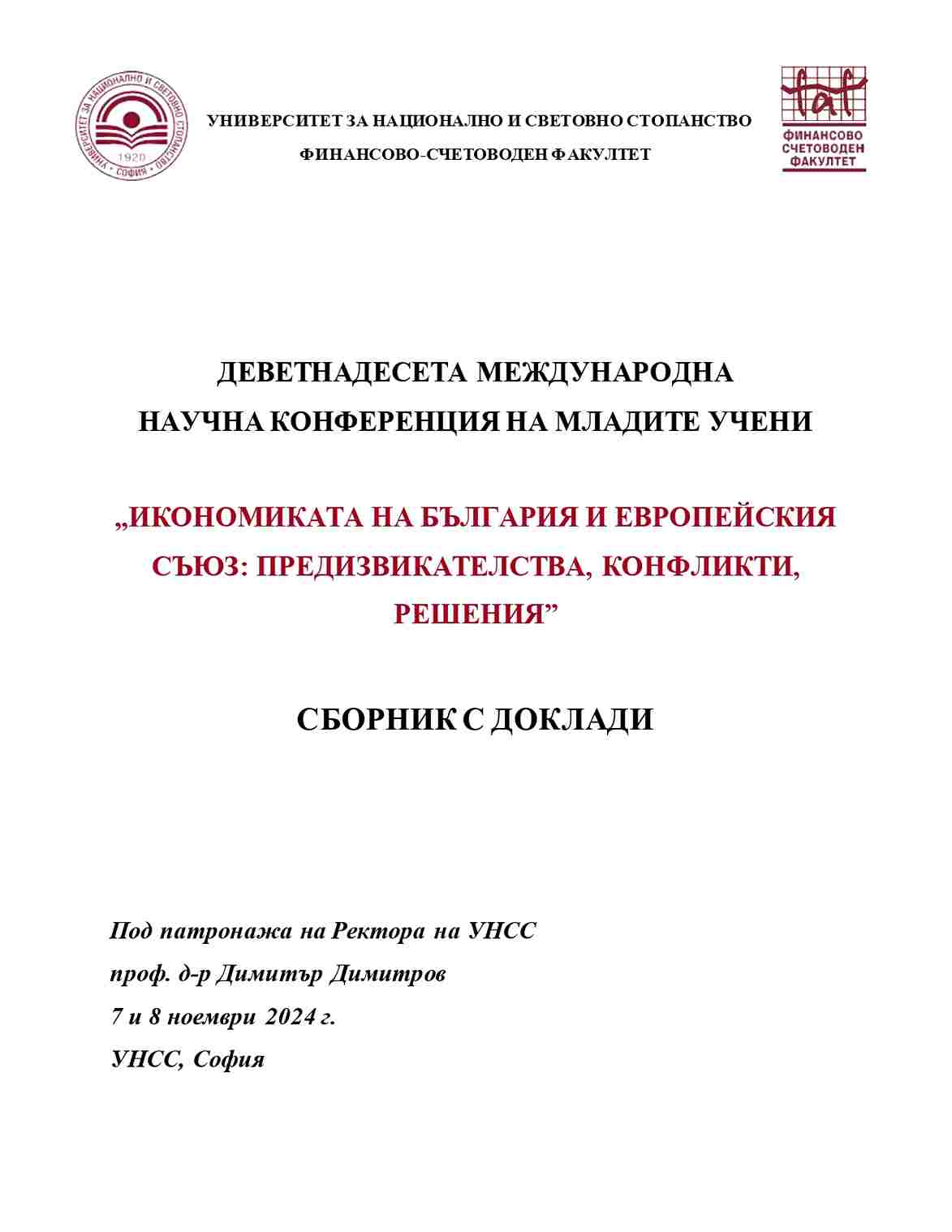Ликвиден риск и управлението му в Алианц Банк
Liquidity Risk and Its Management at Allianz Bank
Author(s): Maria Dimitrova
Subject(s): Politics / Political Sciences, Politics, Economy, Business Economy / Management, Micro-Economics, Economic policy, Financial Markets, Accounting - Business Administration
Published by: Университет за национално и световно стопанство (УНСС)
Keywords: liquidity risk; liquidity; assets; liabilities
Summary/Abstract: Liquidity risk in banking refers to the possibility that a bank will not be able to cover its obligations or realize assets at an appropriate price in a short period of time. The management of this risk is a key part of asset and liability management (ALM) strategies and is carried out by specialized committees in "Allianz Bank Bulgaria" AD. The Bank implements systems for daily monitoring and analysis of its liquidity positions and conducts regular stress tests under various scenarios, including market and institution-specific shocks. To ensure liquidity, it maintains a buffer of liquid assets, which includes deposits, current accounts, credit lines and assets with a high credit rating. The institution also uses key indicators such as the Liquidity Coverage Ratio (LCR) and the Net Stable Funding Ratio (NSFR), which regularly exceed the minimum requirements. In this way, Allianz Bank Bulgaria demonstrates resilience and efficiency in managing liquidity risk, while maintaining a stable deposit base and high levels of trust among customers.
- Page Range: 1003-1012
- Page Count: 10
- Publication Year: 2025
- Language: Bulgarian
- Content File-PDF

